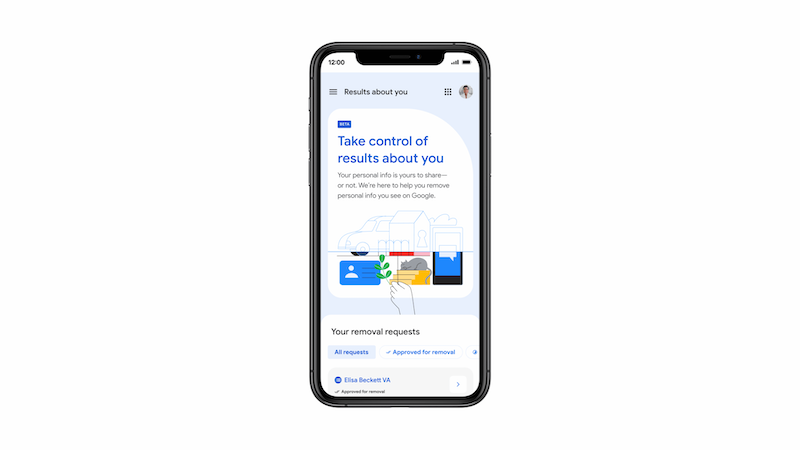Polymer cables are twice as fast as Thunderbolt 4
No time right now?
Researchers develop a polymer-based cable. It aims to combine the speed of fiber optics with the simplicity of copper cables.
USB standards such as Thunderbolt 4 rely on copper cables that can transmit around 40 gigabits per second (GBit / s) of data. An alternative are fiber optic cables, which can also transmit 100 Gbit / s and more using glass fibers and photons. A team of researchers at the Massachusetts Institute of Technology is currently developing another alternative: A polymer cable should transmit 105 Gbit / s and be longer than just a few meters.
Special plastic polymer fibers with a diameter of 0.4 x 0.25 millimeters are used in parallel in a cable. “It’s very thin, like a hair,” says Ruonan Han, a scientist at Infineon and one of the project’s co-authors. His partner is Georgios Dogiamis, who is employed by Intel.
Transceiver chips specially developed for the project should be able to transmit and receive electromagnetic signals in the sub-terahertz range via three parallel channels of the polymer cable. An advantage over copper: the more than twice as high data rate and lower energy consumption over long distances. At least that’s what the research team claims.
Contents
Expensive signal converters are no longer necessary
Compared to fiber optics, there are other advantages: FO cables require specialized and more expensive signal converters on each side of the connection in order to convert the light signals into electrical signals and vice versa. This is not the case with polymer cables due to their own cheaper chips.
In the future, Han and Dogiamis want to develop their technology even further. For example, it is possible to bundle several cables into one medium. “Then the data would exceed the measured values,” says Han. “They could be a terabit per second and still cost little.”
The team initially sees application scenarios in the backbone area. Polymer cables could replace fiber optic cables in the long-haul area or connect server clusters in the data center. One can also imagine the technology in vehicles or space technology – in the distant future possibly also in the home computer area.
The author of the article is Oliver Nickel.
Also interesting: Internet test in the Sauerland – horse courier faster than data transfer


